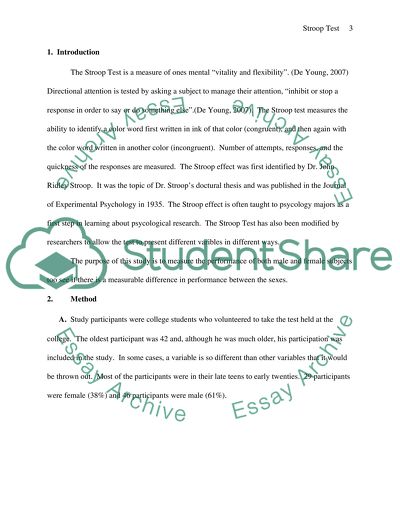Cite this document
(“The Differences Between Male and Female Subjects Research Paper”, n.d.)
Retrieved from https://studentshare.org/psychology/1508050-the-differences-between-male-and-female-subjects
Retrieved from https://studentshare.org/psychology/1508050-the-differences-between-male-and-female-subjects
(The Differences Between Male and Female Subjects Research Paper)
https://studentshare.org/psychology/1508050-the-differences-between-male-and-female-subjects.
https://studentshare.org/psychology/1508050-the-differences-between-male-and-female-subjects.
“The Differences Between Male and Female Subjects Research Paper”, n.d. https://studentshare.org/psychology/1508050-the-differences-between-male-and-female-subjects.


